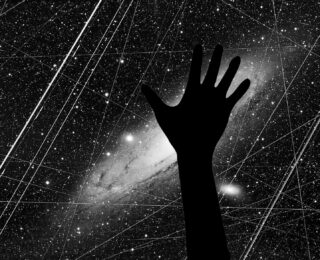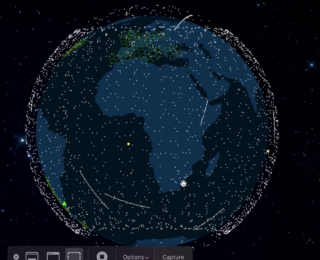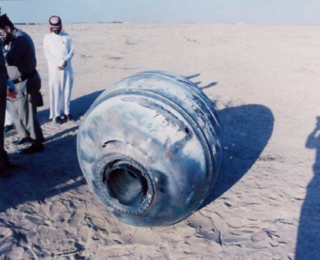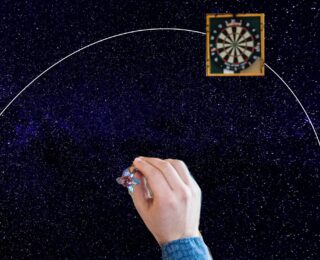
Reaching for the Stars
Satellites are proliferating in our low earth orbit. Data from the Steward Observatory characterizes which areas of the sky and which satellite models are the most bright, likely to interfere with astronomical observations.

Satellites are proliferating in our low earth orbit. Data from the Steward Observatory characterizes which areas of the sky and which satellite models are the most bright, likely to interfere with astronomical observations.

Can we use spectra if it’s polluted with satellite streaks?

A common response to these issues raised by astronomers is to move observational equipment to LEO as well. Today’s paper covers exactly such a case, in which the Hubble Space Telescope still suffers the effects of satellite streaks.

The proliferation of space debris is viably the end of space- and ground- based astronomy. Action is required now, before the number of satellites increases hundred-fold.

The collision –or even a near-miss– of a neutron star and a main sequence star can possibly explain long-lived, bumpy supernovae and hypervelocity stars.